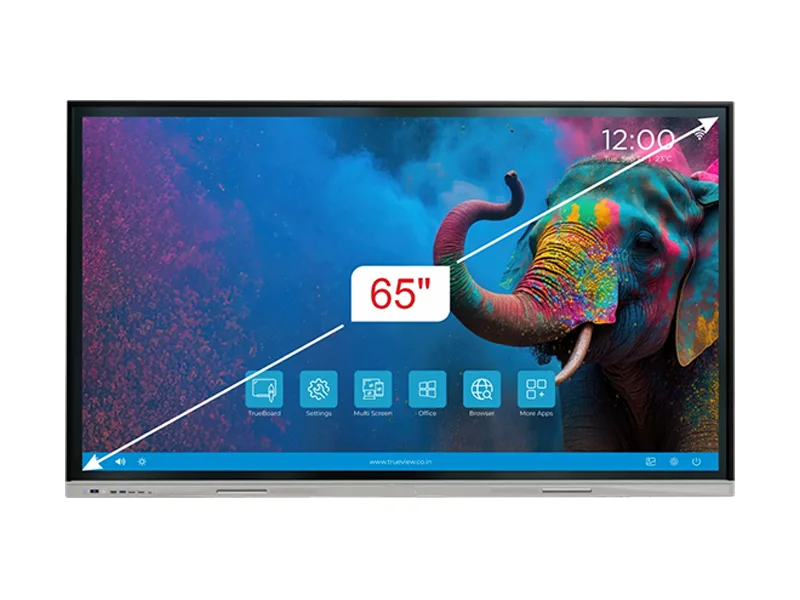Why Smart Classrooms Are Switching to Interactive Touch Displays
In today’s classrooms, teachers face a familiar set of challenges: short attention spans, distracted learners, and a growing need to connect with students across different learning styles. Traditional whiteboards and projectors often fall short. That’s why many schools and EdTech buyers are moving toward smarter, more flexible teaching tools like interactive display touch screens.
Old Tools, New Problems
Projectors with blurry images, markers that dry out mid-lesson, and complicated wiring setups waste valuable teaching time. Many teachers also struggle to make lessons more engaging while juggling multiple devices. When you’re trying to explain complex topics, you need tools that keep the room focused, not fiddling with tech or struggling to see what’s on screen.
Why Interactive Touch Displays Are Better?
Here’s the thing: smart classrooms need smarter tools, not fancier ones, just practical and effective. That’s where display touch solutions come in. These panels let teachers write, draw, swipe, and tap directly on a large screen, just like on a tablet. Whether you’re solving equations or playing a historical video, everything happens in one place.
More than just a screen, these displays offer real-time interaction. Students can come up and participate, collaborate on group projects, and even use their own devices to connect to the board. It’s simple to switch between media, annotate on the fly, and involve everyone in the learning process.
A Better Fit for Modern Classrooms
Interactive touch displays offer a clean and clutter-free setup. You won’t need an external projector, speakers, or a stack of cables. Many models come with built-in Android systems, whiteboarding apps, and screen sharing, all in one unit.
This all-in-one approach saves schools from constant maintenance and downtime. Plus, it reduces ongoing costs like projector bulb replacements or ink refills for whiteboards.
Addressing Real Classroom Needs
Let’s face it, students today are used to touch screens. Their world is digital. Bringing display touch panels into the classroom bridges the gap between how they learn outside of school and how they’re taught inside. The result? More focus, more participation, and fewer distractions.
For teachers, it means smoother lessons. No more switching between laptops, remotes, and whiteboards. Just one device that helps them stay in control and keep students engaged.
A Smart Investment for Schools and EdTech Buyers
Budget matters, especially in the education sector. Schools want tools that are reliable, easy to maintain, and useful for different subjects and age groups. Interactive touch displays check those boxes.
From primary schools to higher education, these screens support everything from basic drawing to complex simulations. And because they’re durable and user-friendly, they work just as well for first-time users as they do for tech-savvy educators.
Final Thoughts
The move toward display touch technology isn’t about following a trend; it’s about solving real problems in real classrooms. Teachers want less hassle and more time to teach. Students want to be engaged and involved. These displays offer a practical, simple solution to both.
If you’re considering upgrading your classroom tools, it’s worth exploring how interactive displays, like those from Purplewave Infocom, can help you meet today’s learning needs without overcomplicating things.
